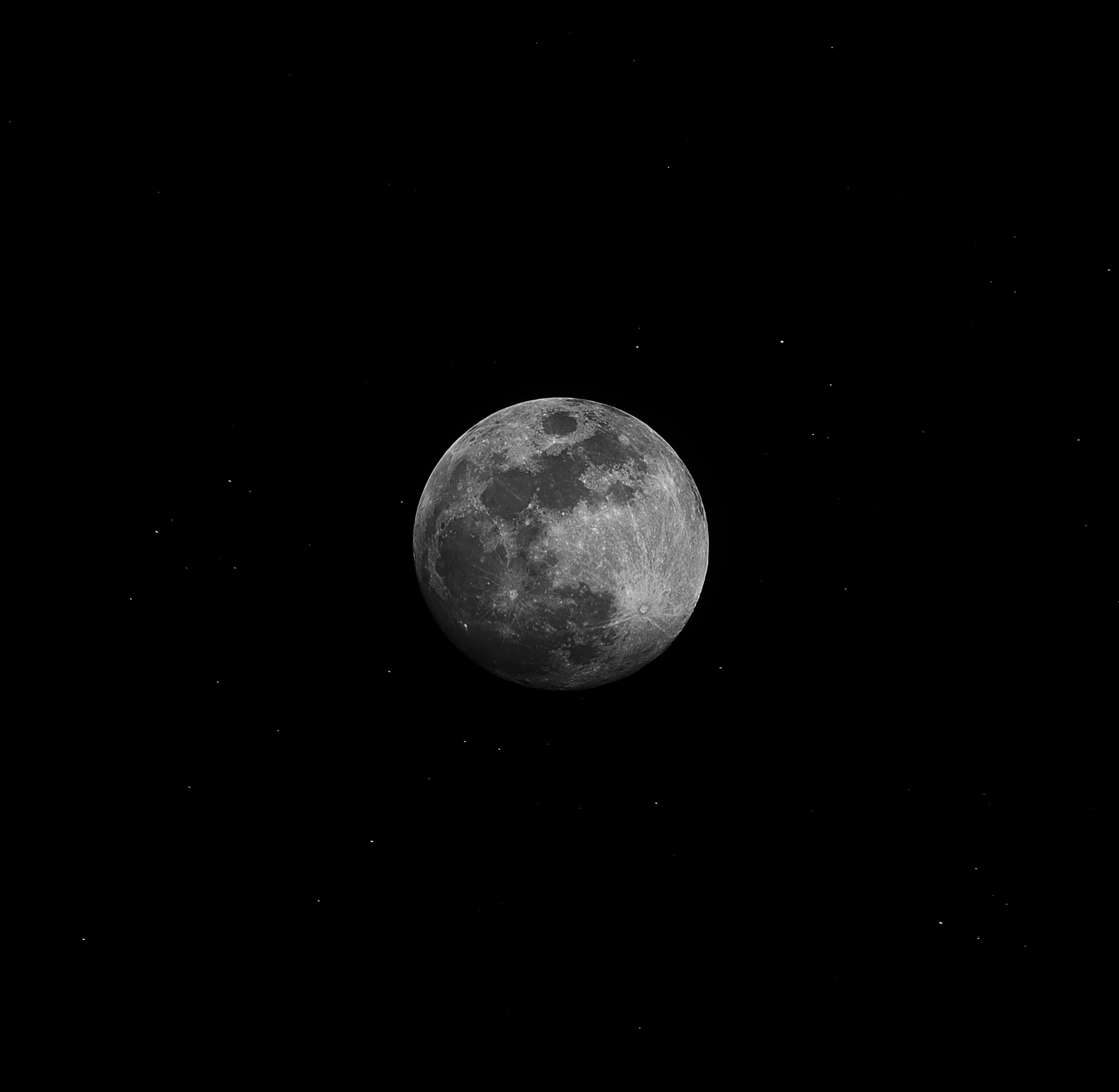How Does a Crescent Moon Occur?
The moon is one of the most fascinating objects in our night sky, captivating astronomers and poets alike. From its full glory to a slender crescent, the moon goes through different phases throughout its 29.5-day lunar cycle. Among these phases, the crescent moon is a captivating sight that catches our attention. In this blog post, we will explore the science behind the formation of a crescent moon and understand the intriguing mechanisms that create this celestial phenomenon.
Understanding Moon Phases
Before diving into the specifics of the crescent moon, let’s briefly review the basics of moon phases. The moon doesn’t produce any light of its own; instead, it reflects the sunlight that falls on its surface. Due to its orbit around the Earth, we observe different portions of the moon’s illuminated surface, resulting in various moon phases.
The eight primary moon phases are new moon, waxing crescent, first quarter, waxing gibbous, full moon, waning gibbous, third quarter, and waning crescent. Of these phases, the crescent moon occurs during the waxing or waning stages of the lunar cycle.
Understanding Crescent Moon
A crescent moon is characterized by a thin curved shape, resembling the silhouette of a fingernail or a banana. It occurs when only a small portion of the moon’s illuminated side is visible from Earth. The rest of the moon appears dark, similar to the shape of a crescent.
The visibility of the crescent moon is determined by the relative positions of the moon, Earth, and the sun. To understand this phenomenon, we should discuss two crucial terms: waxing and waning.
Waxing Crescent Moon
In the waxing crescent phase, which follows the new moon, a small, crescent-shaped section of the moon becomes visible. The term “waxing” refers to the moon’s growth in illumination between the new moon and the full moon.
During this phase, the moon is positioned between the Earth and the sun. As a result, sunlight falls on the part of the moon facing away from Earth, leading to a faint illumination of the lunar surface. The small illuminated section of the moon that we can observe forms the crescent shape.
The waxing crescent moon is visible shortly after sunset, low on the western horizon. As the Earth rotates, this phase gradually sets, giving way to the dark night sky.
Waning Crescent Moon
Conversely, the waning crescent moon occurs during the phase following the full moon. The term “waning” refers to the moon’s decreasing illumination between the full moon and the new moon.
During this phase, the moon is positioned on the far side of the Earth from the sun. Sunlight again falls on the part of the moon facing away from Earth, causing only a small illuminated section to be visible to us. This illuminated section once again appears in the shape of a crescent.
Similar to the waxing crescent moon, the waning crescent moon is visible briefly before sunrise, low on the eastern horizon. As dawn approaches and the sky brightens, the waning crescent moon becomes harder to observe.
Why Does the Moon Appear Crescent-Shaped?
The crescent moon shape is a result of the moon’s orbit around the Earth and the angle at which sunlight is hitting its surface.
The moon’s orbit is slightly tilted in relation to Earth’s orbit around the sun. As a result, sunlight often does not hit the moon directly but at an angle. During the waxing or waning crescent phase, the angle at which sunlight reaches the moon causes only a small portion of the illuminated side to be visible from Earth.
When the moon is in its crescent phase, the illuminated side faces more towards the sun than the Earth. As a result, the moon appears as a slender crescent as seen from Earth. The rest of the moon, which is not receiving direct sunlight, appears dark.
It’s important to note that the visibility and shape of the crescent moon may also be influenced by atmospheric conditions, such as clouds or haze, as well as the observer’s location.
Cultural Significance of the Crescent Moon
The crescent moon holds significant cultural and religious symbolism dating back centuries. It has been featured in ancient mythology, astrology, and various religious beliefs.
In ancient Mesopotamia, the crescent moon represented the moon god Nanna or Sin. In Islamic tradition, the crescent moon is a symbol of the Islamic calendar, marking the beginning and end of the lunar month and important festivals.
Furthermore, the crescent moon has been associated with fertility, change, and new beginnings across different cultures and civilizations.
In Conclusion
The appearance of a crescent moon is a mesmerizing phenomenon that captures our imagination. It occurs during the waxing and waning stages of the moon’s lunar cycle, when only a small illuminated section is visible from Earth. The crescent moon’s shape is a result of the moon’s orbit around the Earth and the angle at which sunlight reaches its surface.
Whether you gaze at the crescent moon for cultural, religious, or purely aesthetic reasons, it is a constant reminder of the vastness and beauty of our universe.
Table of Contents
